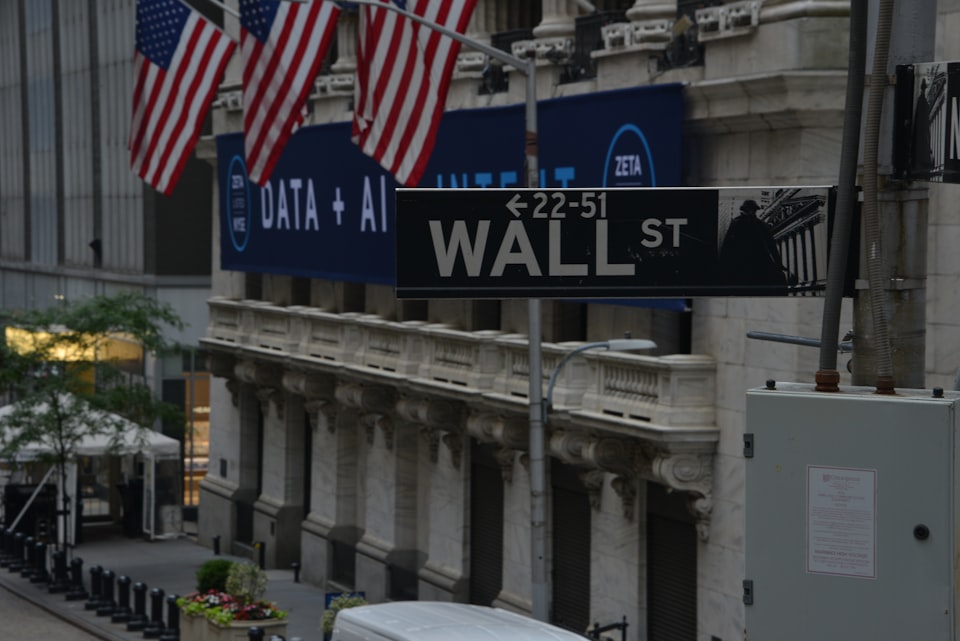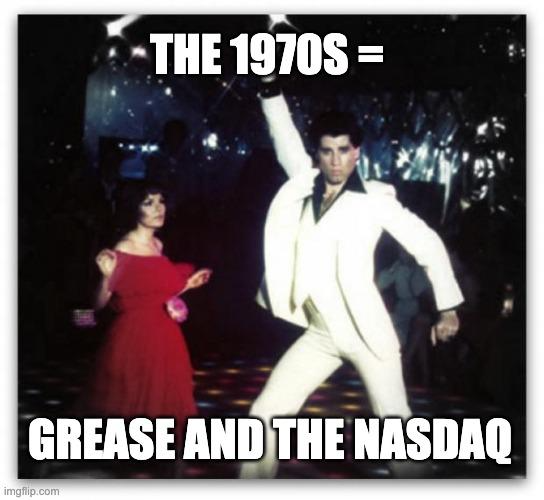Why Should I Buy US Stocks?

The US is the granddaddy of capitalism and stock markets. Think of global brands like McDonald’s (NYSE: MCD), Apple (NASDAQ: AAPL), Starbucks (NYSE: SBUX), or Nike (NYSE: NKE).
A lot of the largest companies in the world call the country’s stock markets home.
That’s because, even though we think stock markets work since investors like you and me buy/sell stocks, most of the action in the US actually comes from professional investors.
These are the firms who sell mutual funds and exchange-traded funds (ETFs), like BlackRock (NYSE: BLK) – which is also a listed company in the US! – and State Street Global Advisors.
Since the US stock market there is super easy for companies to raise money – in what you’d call an initial public offering (IPO) – they naturally gravitate to it.
So, how big are US stock markets?
Get this, the size of the US stock market, so the value of all the companies listed on the New York Stock Exchange and NASDAQ exchange, is a whopping US$40 trillion!
The country’s stock markets also account for over 40% of the value of all the companies listed in the world.
So, you’d have to be a little crazy not to consider it as part of your investing portfolio. Simply put, investors of all ages need to have some exposure to US stock markets when they set out to invest.
Given how much cash is in the US markets, it’s not surprising to see companies from all over the world listing in the US.
So, companies like TSMC (NYSE: TSM) – a Taiwanese firm that’s the world’s largest semiconductor manufacturing firm – or Indian bank ICICI Bank (NYSE: IBN) also have listings in the US.
Companies’ shares such as these, which aren’t from the US, are known as American Depositary Receipts (ADRs).

Don’t worry, it’s not like an actual receipt. It’s just the name given to foreign companies’ US-listed shares.
Different exchanges
More broadly, the US stock market can be divided into three buckets in terms of the exchanges available to investors:
- New York Stock Exchange (NYSE) – The oldest stock exchange operator in the US, it dates back over 200 years and the total value of all its listed firms totals around US$25.1 trillion.
- Nasdaq (NASDAQ) – This stock exchange operator, also based in New York is from 1971 and its technology-centric focus means fast-growing technology firms tend to list on the Nasdaq. The total market cap of companies listed on the exchange totals over US$19 trillion.

- Over-the-counter stocks (OTC) – OTC stocks refers to companies that have a listed presence in the US but aren’t required to report stuff to the pesky regulator – the Securities and Exchange Commission (SEC). As a result, there is less regulatory scrutiny of these companies. They’re also known as “pink sheets”.
What’s the main index?
The stock market in any country is an accurate reflection of the future of the actual economy – or it should be anyway.
So, what’s the biggest stock market index in the US?
It’s the S&P 500 Index and this index gives you exposure to the 500 largest companies in the US – by their size. Overall, this represents over 80% of the available market cap in the US.
So, if you buy an ETF that tracks the S&P 500 Index, you’ll get broad exposure to the stock market. That’s what you want, at the end of the day.
What are the biggest companies?
The “Big Tech” players dominate the US stock market because they have their fingers in many various business pies.
For example, among the three largest companies in the world currently are Apple, Microsoft (NASDAQ: MSFT), and Amazon.com (NASDAQ: AMZN) all with market caps that exceed US$1 trillion.
These giants’ influence on the US stock market is likely to persist as the role of technology only becomes more important in the global economy.
Buying the world in the US
As the US has the largest stock market, and one of the longest positive track records in the world, you need to be invested in it.
Enough said, people. Happy investing!
